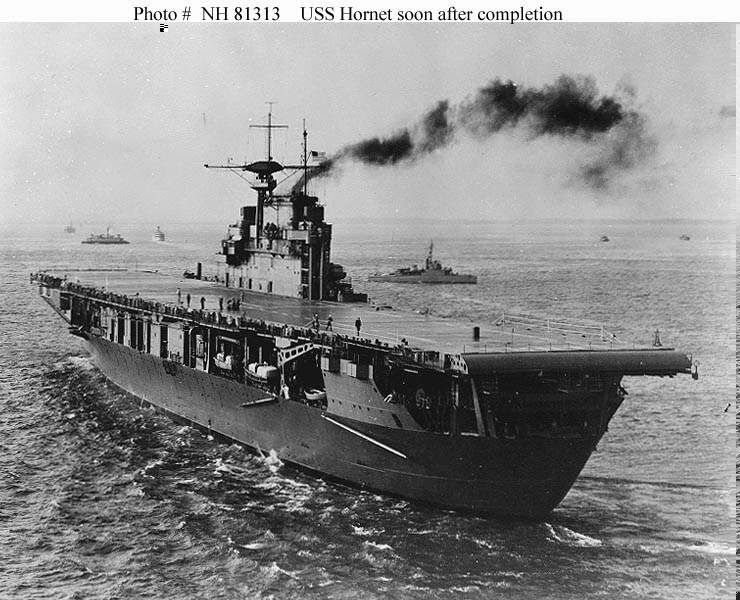The historic “first weld” of the Exploration Mission -1 (EM-1) Orion is set to take place on May 1 at the Michoud Assembly Facility (MAF) in New Orleans. Building on the experience of the Exploration Flight Test -1 (EFT-1) Orion, this new spacecraft will be constructed for a major test flight on the maiden mission for the Space Launch System (SLS) in 2018.
Giving Birth To Orion:
Giving Birth To Orion:
The milestones for the EM-1 Orion mirror the path taken by the EFT-1 spacecraft. However, the EM-1 Orion will sport a number of improvements based on the experiences of the 2014 test flight.
The EFT-1 Orion’s “first weld” was marked as a major milestone in NASA’s transition back to Beyond Earth Orbit (BEO) exploration for human space flight, with the Agency citing the 2011 milestone as the first time NASA had pieced together a “human” space vehicle since the birth of Shuttle orbiter Endeavour.
Friction welding creates a seamless, leak-proof bond that has proven stronger and higher in quality than can be achieved with conventional welding.
EFT-1’s successful trip into space provided engineers with a proof of concept for the structural integrity of the capsule, with post flight checkouts showing the vehicle to be in excellent shape.
The crew module is currently at the Launch Abort System Facility (LASF) at the Kennedy Space Center (KSC) before being turned over to KSC Ground Operations.
According to EFT-1 post-flight processing information (L2), the final inspections – that are being conducted to support the test flight report – are nearing completion.
Early reports note the entire Thermal Protection System (TPS) performed above expectations, allowing for refinements to be made for EM-1’s heat shield, which will allow for a lighter variant.
However, engineers still need to work out how to create a heat shield for Orion that will be able to cope with the super-high velocity re-entries from deep space missions, including those returning from Mars.
For the construction of the EM-1 Orion, tasked with an unmanned mission 70,000 kilometers past the Moon, work has been progressing across the country to prepare for the assembly of the spacecraft, as overviewed in L2’s EM-1 Processing Update Section.
The pathfinder and EM-1 crew module barrels were both being fabricated at Votaw with the pathfinder going through a final machine pass. The backbone panel was also in fabrication at Votaw in April.
The EM-1 cone panel D-E was set up at Aero Pacific and began machining on April 6, while the last mock cone panel was “in weld” at MAF with shipment to Pacific Coastal Aerospace expected this month.
The major note of interest in the processing information cited May 1 as the historic milestone for the EM-1 Crew Module shell “first weld” – which will mark the official construction of the next Orion, based on the 2011 fanfare surrounding the EFT-1 milestones.
Boeing recently conducted a Service Module instrumentation TIM (Technical Interchange Meeting) at WSTF (White Sands Test Facility) on March 19.
The European Service Module structural test article/crew module adaptor is currently at KSC waiting to be shipped to the GRC Plum Brook Facility.
The ESA side of the EM-1 SM path has been noted as the main issue for the schedule concerns that have played a role into the launch date for SLS’ first trip into space, although officials continue to deny that as the reason EM-1 slipped from December 2017 to mid-2018. Sources have not ruled out a slip to 2019.
Meanwhile, on the electronics and avionics side of EM-1 Orion’s development path, two milestones have been listed this month.
Specifically, the Power Data Unit (PDU) and the Vehicle Management Computer (VMC) each held their Critical Design Reviews (CDR).
“The successful completion of this milestone is a major accomplishment for the Orion Avionics System, and for paves the way for the start of EM-1 flight production,” added the L2 notes.
Ten flight standard integrity network interface cards (SNIC) were also recently completed and shipped in place at Honeywell.
That work will take place in Orion’s Florida home inside the modified Operations & Checkout (O&C) building while serving will take place in the Multi-Payload Processing Facility (MPPF).
KSC teams are preparing for what they hope will be a fleet of Orion’s passing through their doors, with the Spacecraft Offline Processing (SOPE) Element Integration Team recently completing MPPF Servicing Stand Stair Modification 90 percent Design Review.
The modifications are now moving forward with the acquisition review.
(Images: Via L2 SLS and Orion sections – including exclusive Orion materials since its CEV era onwards, totalling GBs of content).
To join L2 and directly support the site’s running costs, click here: http://www.nasaspaceflight.com/







































